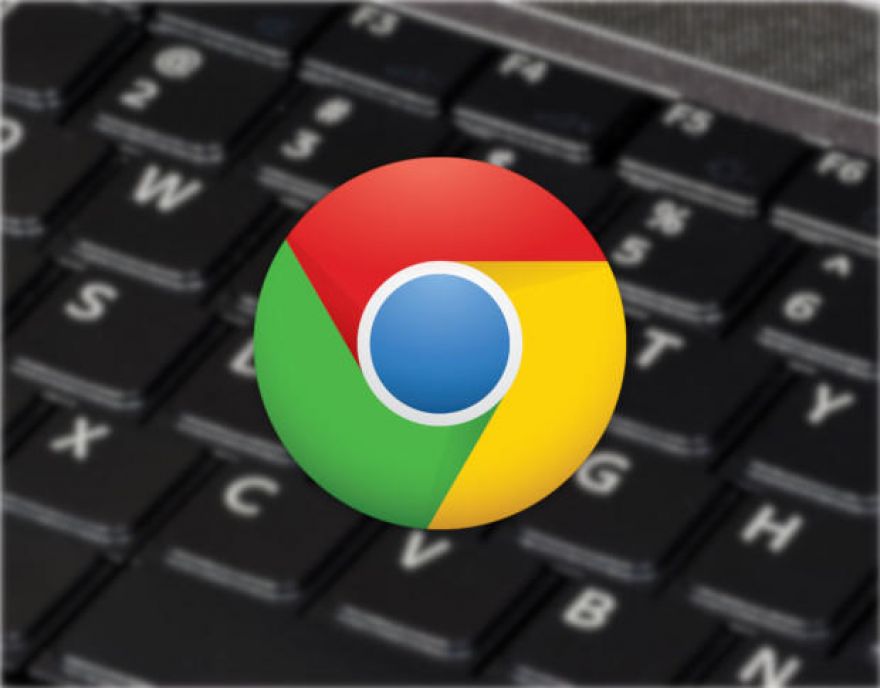
Pro tip: Easy file encryption on your Chromebook with miniLock
Your files saved on Google Drive are encrypted by default. However, when you you need to send a file to a user, you download (to a specific file format) and then send that file to the user. That file you just sent is unencrypted.
So how do you manage to send an encrypted file to a user? You take advantage of a simple Chrome addon called miniLock.
This add on makes file encryption very easy and doesn't require you to sign up for a service or plan. It's free and takes all the guesswork out of encryption.
Installation
Installing miniLock is simple. Just follow these steps:
- Open Chrome on your Chromebook
- Go to the miniLock page in the webstore
- Click ADD TO CHROME
- Click Add app
That's it. You should now see the launcher for miniLock in your Chromebook's menu. Click the launcher to begin.
Usage
When you first launcher miniLock, you will have to enter an email address and a passphrase (Figure A). These two bits of information will be used to generate your 44-character miniLock ID. This ID serves as your public encryption key.
Figure A
Generating your miniLock ID is quick and free.
You must use a passphrase that is complex and unique (a phrase, not just a single password). Once you've entered a successful email address and passphrase, your ID will be displayed (Figure B).
Figure B
Successful generation of miniLock ID.
You are now ready to use miniLock. To encrypt or decrypt a file, all you have to do is drag the file into the miniLock window for the correct action to take place (an unencrypted file will be encrypted and an encrypted file will be decrypted).
When you drag an unencrypted file into the miniLock window, you will be asked who is allowed to open the file. In this window (Figure C), you can add new miniLock IDs of other users.
Figure C
The list of users that can open files.
If you have an ID from another user, enter it in this window, and click the right-pointing arrow for the encryption to take place. Once the encryption is complete, click on the downward-pointing arrow (Figure D) to save the file to your drive.
Figure D
Saving the encrypted file to your drive.
You can now send the file to the user you included in the encryption. Using their miniLock ID, they'll be able to open the encrypted file.
What (if anything) prevents you from making use of a Chromebook?



